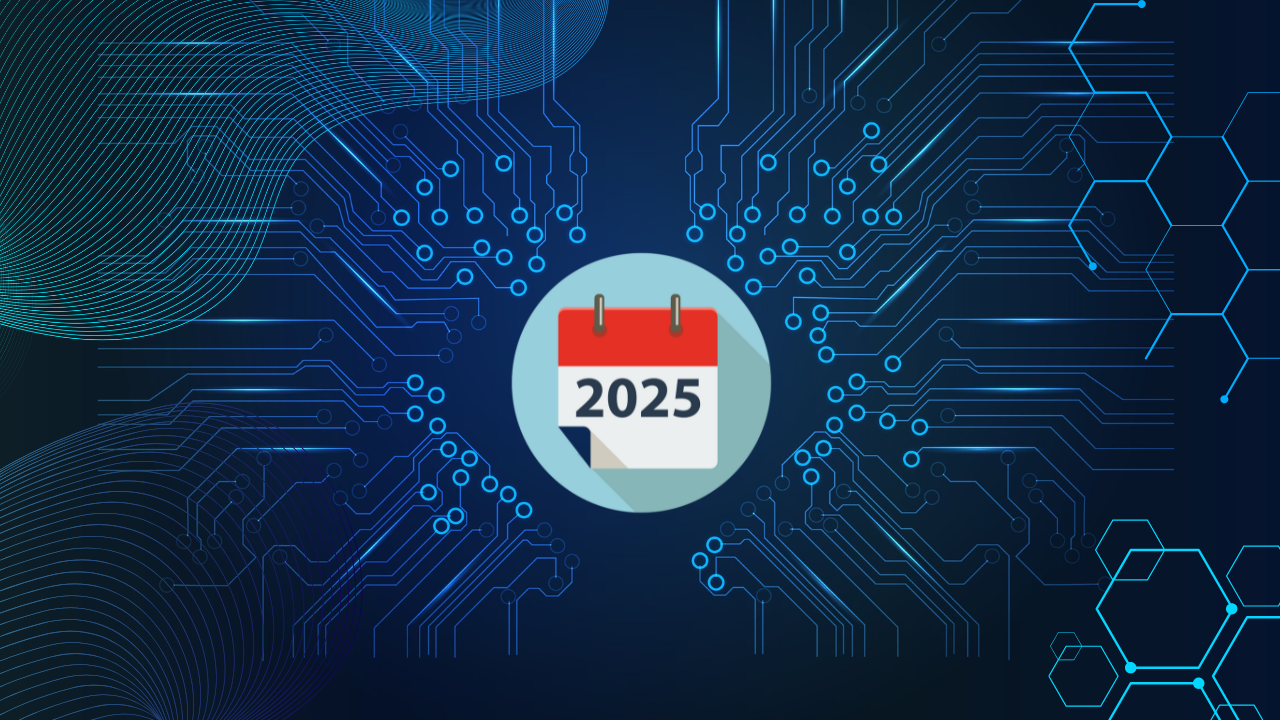
Emerging Tech in 2025: What Every College Student Should Learn
Future-Proof Your Career—Start Learning the Tech That Matters
By 2025, simply holding a degree won’t guarantee you a job. Employers will look for candidates who can harness the latest technologies—from securing networks to building intelligent apps.
Whether you dream of launching a startup or joining a corporate team, mastering these eight emerging tech skills now will set you miles ahead of your peers.
Tech #1: Artificial Intelligence & Machine Learning
AI and ML power personalized recommendations, smart assistants, and predictive analytics across industries. As a student, start by:
- Grasping the Basics: Learn key concepts like supervised vs. unsupervised learning and common algorithms (decision trees, regressions).
- Hands-On Practice: Use beginner-friendly tools—such as no-code platforms or Python libraries like scikit-learn—to build simple projects (e.g., a movie recommendation engine).
- Real-World Data: Experiment with open datasets (like Kaggle) to clean data, train models, and evaluate accuracy, gaining insight into the end-to-end workflow.
- Ethical Awareness: Study the impact of bias and privacy concerns in AI systems so you can design responsible, fair solutions.
Tech #2: Data Science & Analytics
Data science turns raw information into strategic insights. To get started:
- Master Data Wrangling: Learn to clean and transform datasets using tools like pandas (Python) or Excel for smaller projects.
- Visualization Skills: Practice creating clear, impactful charts and dashboards with libraries such as Matplotlib or tools like Power BI.
- Statistical Foundation: Understand descriptive and inferential statistics—mean, variance, hypothesis testing—to interpret data correctly.
- Applied Projects: Work on real-world analyses, such as sales trend reports or social media sentiment studies, to build a portfolio.
Tech #3: Cloud Computing & Edge Services
Cloud platforms and edge computing power scalable applications and low-latency services—key for any modern business. Start by:
- Exploring Major Providers: Familiarize yourself with AWS, Azure, or Google Cloud basics like virtual machines, storage buckets, and serverless functions.
- Hands-On Labs: Use free tiers to deploy a simple web app or API, then monitor usage and costs to understand resource management.
- Edge Concepts: Learn how pushing computation closer to devices (edge nodes) reduces latency for applications like IoT sensors or real-time analytics.
- Certification Pathways: Consider entry-level certifications (e.g., AWS Cloud Practitioner) to validate your skills and boost your resume.
Tech #4: Cybersecurity Fundamentals
Protecting data and systems is non-negotiable in 2025. Begin with:
- Core Concepts: Understand basic security principles—confidentiality, integrity, availability—and common threats like phishing and malware.
- Hands-On Practice: Set up a home lab using virtual machines to safely explore vulnerabilities, run pen-testing tools like OWASP ZAP, and practice patching.
- Security Tools: Learn to use firewalls, intrusion detection systems, and password managers to safeguard environments.
- Best Practices: Study secure coding guidelines, multi-factor authentication, and encryption methods to build security into everything you develop.
Tech #5: Blockchain & Decentralized Systems
Beyond cryptocurrency, blockchain offers transparent, tamper-proof record-keeping. To get hands-on:
- Understand the Basics: Learn how distributed ledgers work, what smart contracts are, and why decentralization matters.
- Experiment with Testnets: Use platforms like Ethereum’s Ropsten to deploy simple contracts written in Solidity without real funds.
- Real-World Use Cases: Explore applications in supply chain tracking, secure voting systems, and digital identity verification.
- Framework Familiarity: Try tools such as Hyperledger Fabric for permissioned networks where privacy and governance are crucial.
Tech #6: Internet of Things (IoT)
IoT connects everyday devices to the cloud, enabling data-driven automation. Start by:
- Hardware Basics: Work with microcontrollers like Arduino or Raspberry Pi to read sensor data (temperature, motion).
- Connectivity Protocols: Learn MQTT or HTTP for sending data from devices to servers reliably.
- Edge Integration: Process simple data on the device before sending—reducing bandwidth and improving response times.
- Security Measures: Implement basic encryption and authentication to protect data in transit.
Tech #7: Extended Reality (AR/VR)
AR and VR are reshaping training, entertainment, and remote collaboration. Learn by:
- Getting the Tools: Download Unity or Unreal Engine and explore built-in templates for AR/VR experiences.
- Mobile AR: Use AR development kits (ARKit for iOS or ARCore for Android) to overlay digital objects in the real world.
- VR Prototyping: Create simple VR scenes you can navigate with a headset or emulator to grasp spatial design principles.
- User Experience Design: Study best practices for interaction, motion comfort, and accessibility in immersive environments.
Tech #8: Low-Code/No-Code Development
Low-code and no-code platforms accelerate app delivery without heavy coding. Dive in with:
- Platform Exploration: Try tools like Microsoft Power Apps, Bubble, or Mendix to build workflows and simple apps visually.
- Data Integration: Connect to databases, spreadsheets, or APIs to create dynamic applications that pull real data.
- Automation Flows: Use built-in triggers and actions to automate tasks—like sending emails or updating records—based on user inputs.
- Custom Extensions: Learn how to add small code snippets when needed, blending visual development with custom logic.
FAQs: Your Emerging Tech Questions Answered
Q: How do I choose which tech to start with?
Assess your interests and career goals—data roles lean toward AI and analytics, while product roles may focus on XR or low-code platforms.
Q: Do I need expensive equipment for IoT and XR?
No—begin with affordable boards (Arduino, Raspberry Pi) and use mobile emulators or trial versions of XR software.
Q: How much coding is required for these technologies?
You can start with minimal code—no code. AI and low-code apps require little syntax; prototyping in IoT and XR can begin with visual tools.
Q: Will these skills be relevant beyond 2025?
Absolutely. These foundational technologies evolve but remain core to digital transformation across industries.
Chart Your Tech Learning Path
Emerging technologies aren’t fads—they’re the backbone of tomorrow’s innovations. By starting with one or two areas that excite you—whether AI, cloud, or XR—and building real projects, you’ll stand out in any job market.
Create a learning plan, leverage free resources, and connect with communities to keep advancing. Your tech career begins with the first step you take today.